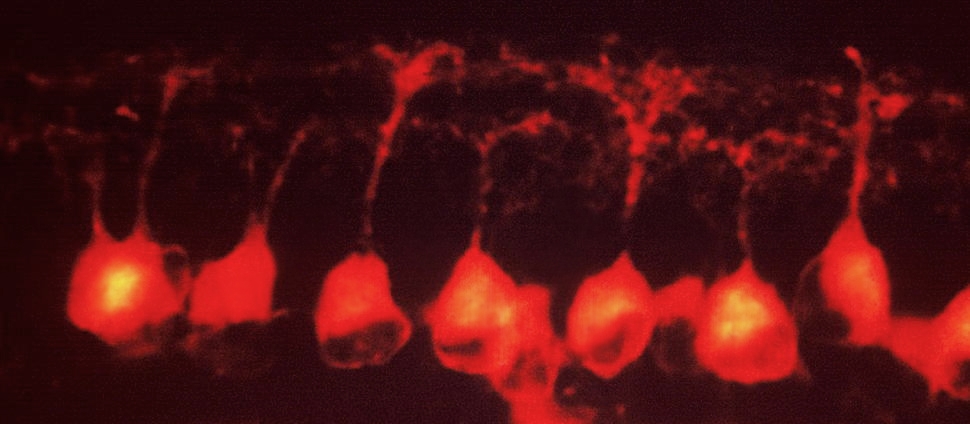Cortical and subcortical contributions to long-term memory-guided visuospatial attention
Archived as published.
Abstract
Long-term memory (LTM) helps to efficiently direct and deploy the scarce resources of the attentional system; however, the neural substrates that support LTM-guidance of visual attention are not well understood. Here, we present results from Fmri experiments that demonstrate that cortical and subcortical regions of a network defined by resting-state functional connectivity are selectively recruited for LTM-guided attention, relative to a similarly demanding stimulus-guided attention paradigm that lacks memory retrieval and relative to a memory retrieval paradigm that lacks covert deployment of attention. Memory-guided visuospatial attention recruited posterior callosal sulcus, posterior precuneus, and lateral intraparietal sulcus bilaterally. Additionally, 3 subcortical regions defined by intrinsic functional connectivity were recruited: the caudate head, mediodorsal thalamus, and cerebellar lobule VI/Crus I. Although the broad resting-state network to which these nodes belong has been referred to as a cognitive control network, the posterior cortical regions activated in the present study are not typically identified with supporting standard cognitive control tasks.We propose that these regions form a Memory-Attention Network that is recruited for processes that integrate mnemonic and stimulus-based representations to guide attention. These findings may have important implications for understanding the mechanisms by which memory retrieval influences attentional deployment.


